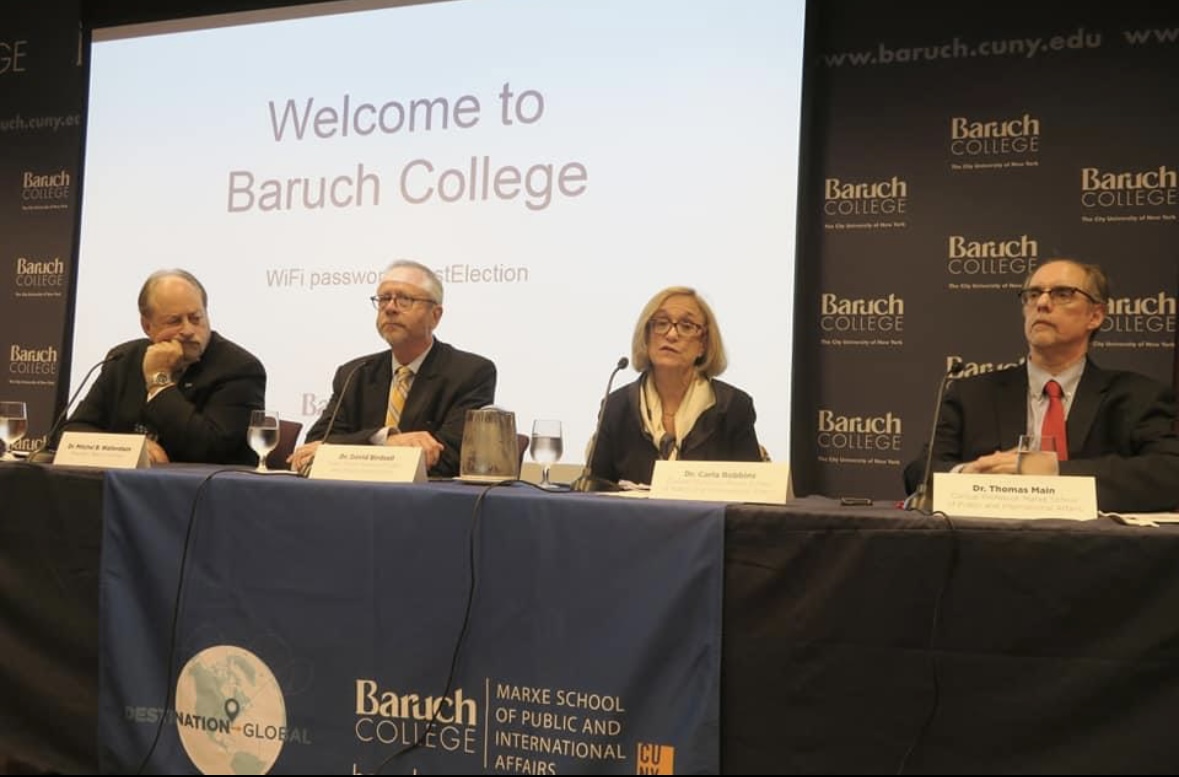By ROY C. MABASA
Having reported on the 2016 U.S. presidential election, I can provide a valuable perspective as we approach the 2024 race. The contrasts between these two elections reveal substantial changes in both candidates and the political landscape.
In 2016, the main contenders were Hillary Clinton and Donald Trump. That election was marked by intense emotions and significant divisions within the electorate. I was in Miami with about 50 international journalists in late October, experiencing an atmosphere that was both electric and clouded by misinformation. Political scientist Joe Uscinski pointed out how conspiracy theories distorted the election narrative, often undermining Clinton’s campaign.
During my time at the Miami-Dade election center, I questioned officials about Smartmatic, a controversial voting technology provider. They reassured us of its reliability, a statement that would soon face scrutiny amid allegations questioning election integrity.

Now as we approach the 2024 election, the political context has changed dramatically. Trump is aiming for a comeback after a contentious presidency, while Vice President Kamala Harris represents the Democratic side. The United States is more polarized than ever, with growing anxiety among voters about the future. Trump continues to energize his base with provocative language, while Harris focuses on pressing issues such as immigration and climate change.
Today’s political analysis is characterized by caution, a stark contrast to the charged atmosphere of 2016. Voter skepticism has deepened, leading analysts to be hesitant about making predictions, particularly given the unexpected outcomes of the last election.
As Election Day approaches, the campaign strategies of both candidates will be crucial. Each must develop messages that resonate with undecided voters in what is likely to be a closely contested election.

Looking back at the 2016 election, I recall the scene at the Javits Center on November 3. As results began to favor Trump, the mood shifted dramatically. Many attendees were left in disbelief, mirroring the feelings of the nation at large. I remember a young woman from California who left in tears over Clinton’s loss, despite her winning the popular vote. This moment encapsulated the emotional upheaval many Americans experienced, revealing a broader identity crisis.

Turning to 2024, the stakes are high. A Trump victory could lead to significant changes in both domestic and foreign policy. Conversely, a Harris win might spark protests from Trump’s supporters, reflecting ongoing societal divisions.
The political landscape has evolved significantly since 2016. Voter sentiments are shaped by complex factors, including social media dynamics and increased partisan polarization. A crucial question remains: Will the 2024 election generate similar shock and disillusionment as 2016, or will it encourage a more nuanced understanding of the challenges facing U.S. voters?

As the election nears, the public’s response to either candidate’s victory will reveal much about the current political climate and the nation’s ability to accept the outcomes. The role of journalism will be critical as we strive to provide clear and accurate information in a chaotic electoral environment.
The 2024 election is not just about choosing candidates; it’s about the values and beliefs that define American society. The decisions made now will have lasting implications, making it essential for voters to engage thoughtfully with the electoral process. Americans need more than a choice of leadership; they require a collective reflection on their identity and future as a nation.
This post was originally published on here






